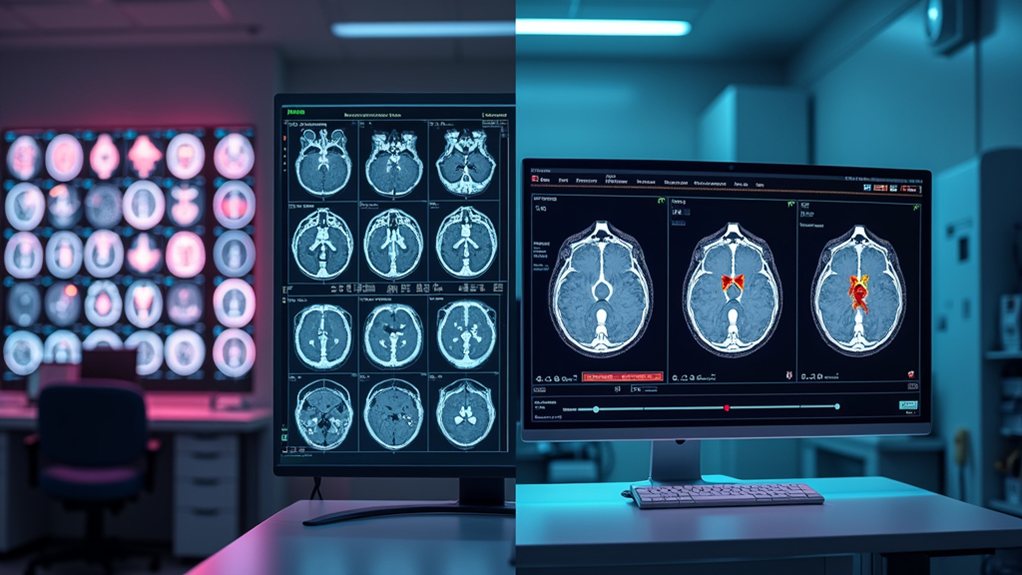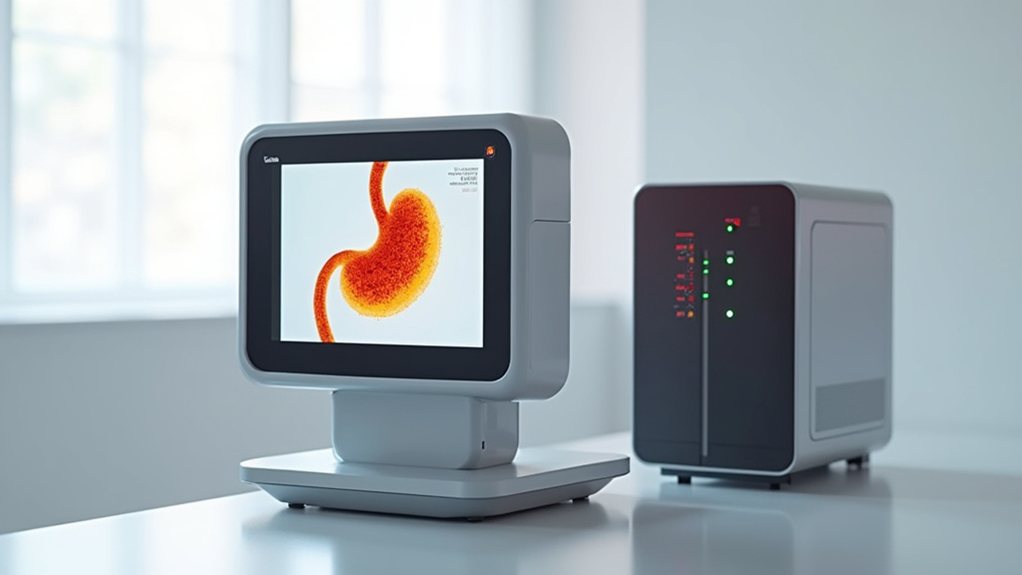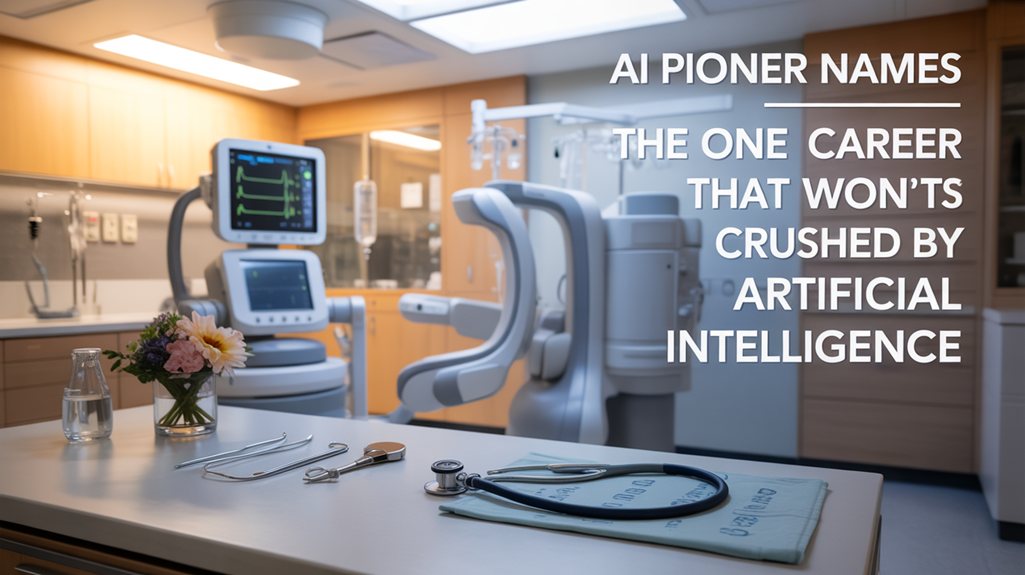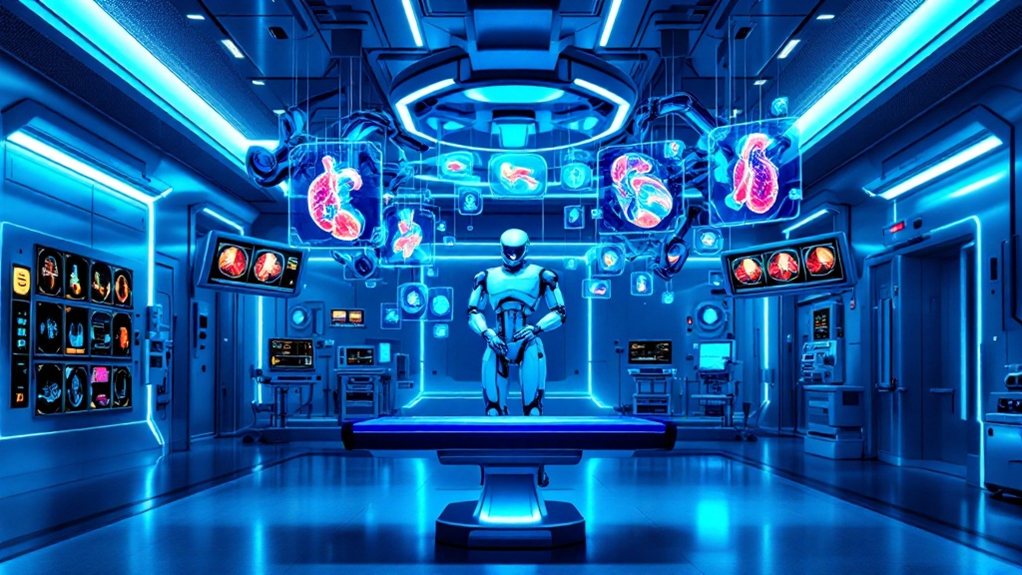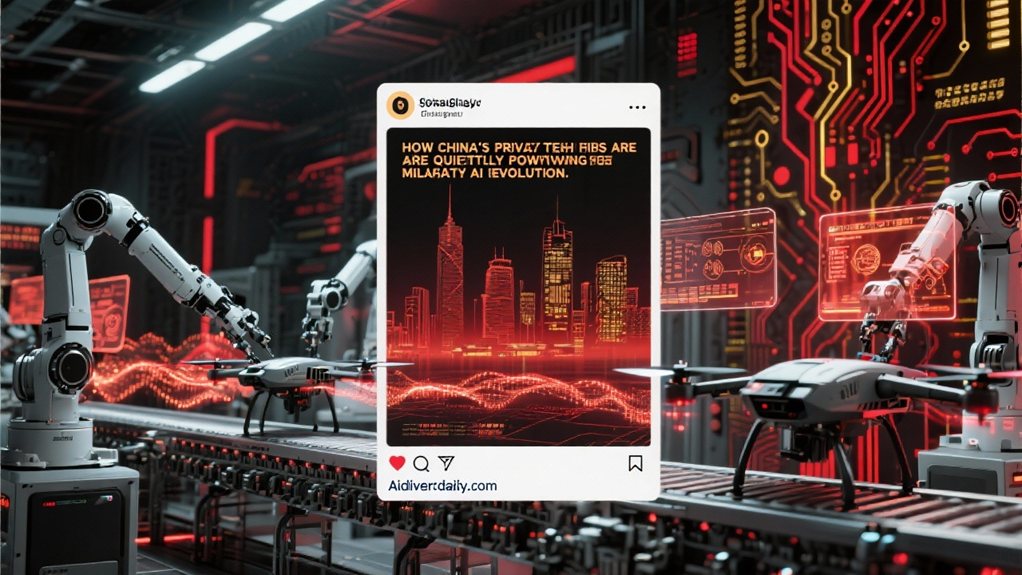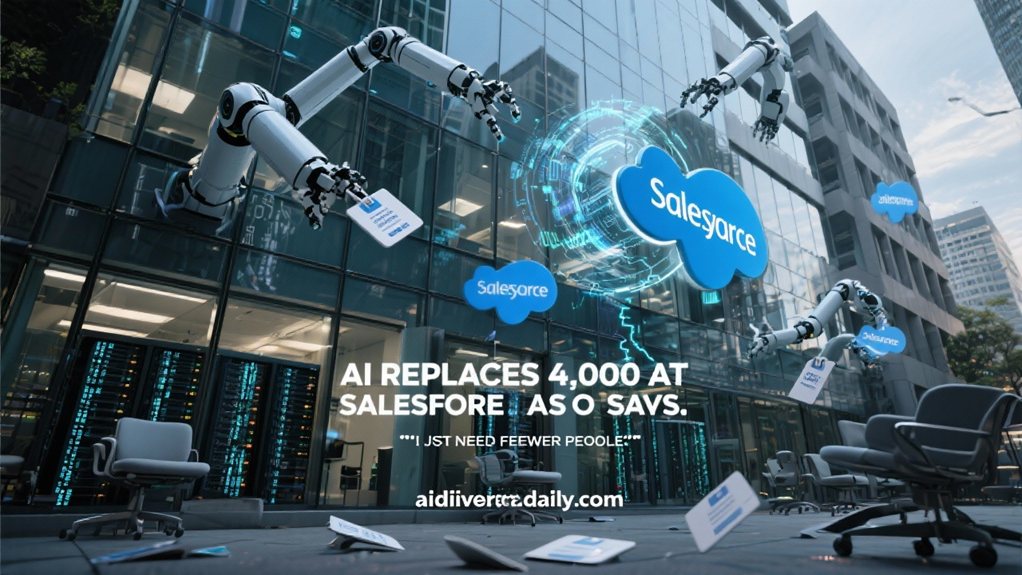Four revolutionary advances in medical imaging are transforming healthcare through artificial intelligence. First, AI models trained on millions of diagnostic images are boosting accuracy and speed across X-rays, CTs, MRIs, and mammograms. Tools like Viz.ai and Aidoc now flag critical conditions instantly. Brain bleeds and strokes don’t wait, and neither does this tech. MIT’s Mirai system can predict breast cancer five years before it develops. Five years! That’s life-changing lead time that traditional methods simply can’t match.
AI isn’t just reading medical images—it’s predicting diseases years before they appear, when lives can still be saved.
What’s truly remarkable is how these systems now excel with far less training data than ever before. Transfer learning and data augmentation techniques have changed everything. AI doesn’t need to see thousands of tumor images anymore. It just needs a few good ones. Generative AI helps synthesize patient data, reducing the need for massive labeled datasets. This efficiency matters. A lot. Hospitals in developing regions can’t amass the data collections of major research institutions, but they still need diagnostic power.
The implications for global healthcare access are enormous. Cloud-based AI solutions deliver expert-level analysis to clinics without radiologists on staff. Rural patients no longer face the “sorry, drive five hours to the big city hospital” dilemma. AI-assisted triage automatically flags the most urgent cases, ensuring that the limited radiologists available focus where they’re needed most. The tech even generates preliminary reports, freeing up doctors to see more patients. Robust data privacy safeguards must be implemented to protect sensitive patient information in these cloud-based systems.
Behind the scenes, imaging technology itself is evolving alongside AI. Photon-counting CT paired with advanced algorithms achieves better tissue differentiation while requiring fewer scans. Patients get diagnosed faster with less radiation exposure. Siemens’ PET-MRI systems with AI reduce prostate cancer false negatives by 28%. That’s nearly one-third fewer missed diagnoses. The advent of whole-body MRI in 2025 will further revolutionize comprehensive screening capabilities.
4D Flow MRI enhanced by AI now visualizes cardiac blood flow with 50ms precision, revealing problems traditional imaging misses. Natural language processing models produce preliminary radiology reports with 92% concordance rate against final expert reports. The data efficiency breakthrough might be the most underrated advancement in medical AI. By extracting maximum diagnostic value from minimum data, these systems aren’t just improving care in resource-rich settings. They’re democratizing access to life-saving diagnostics worldwide.
And they’re doing it now, not in some imagined future. Healthcare just got a lot smarter with a lot less.
